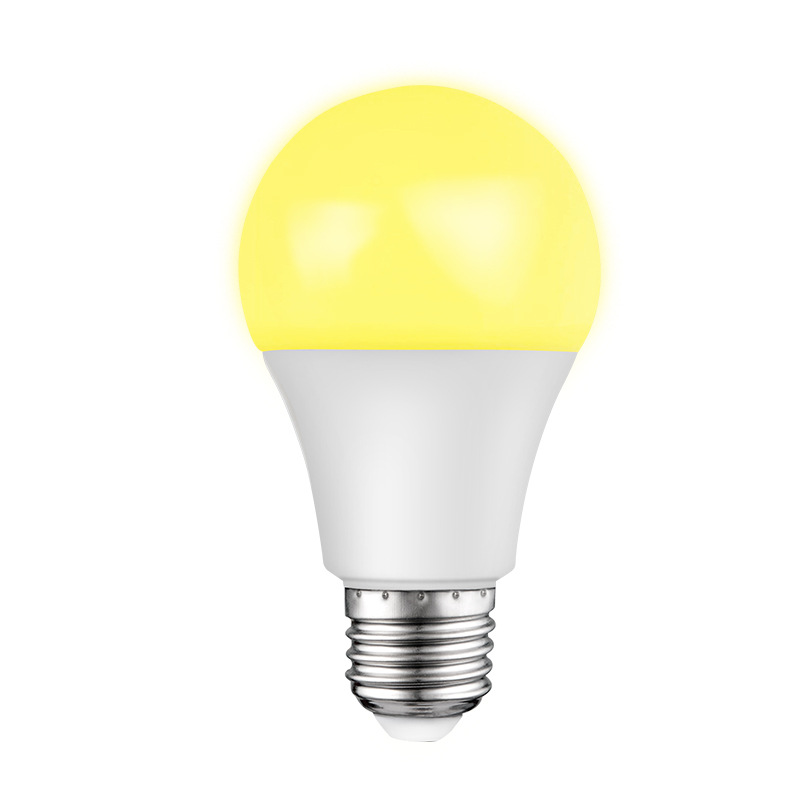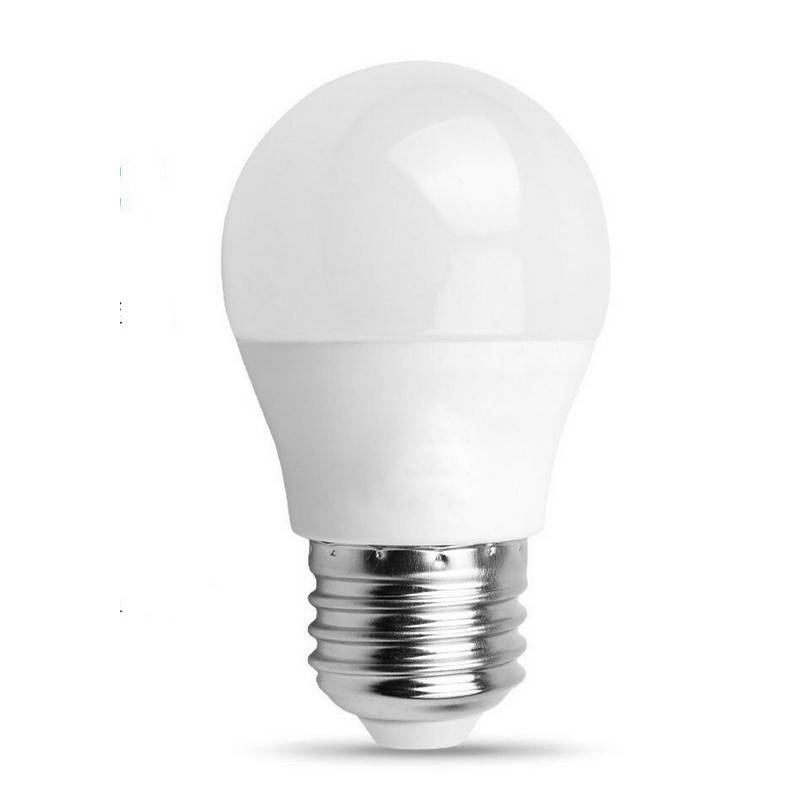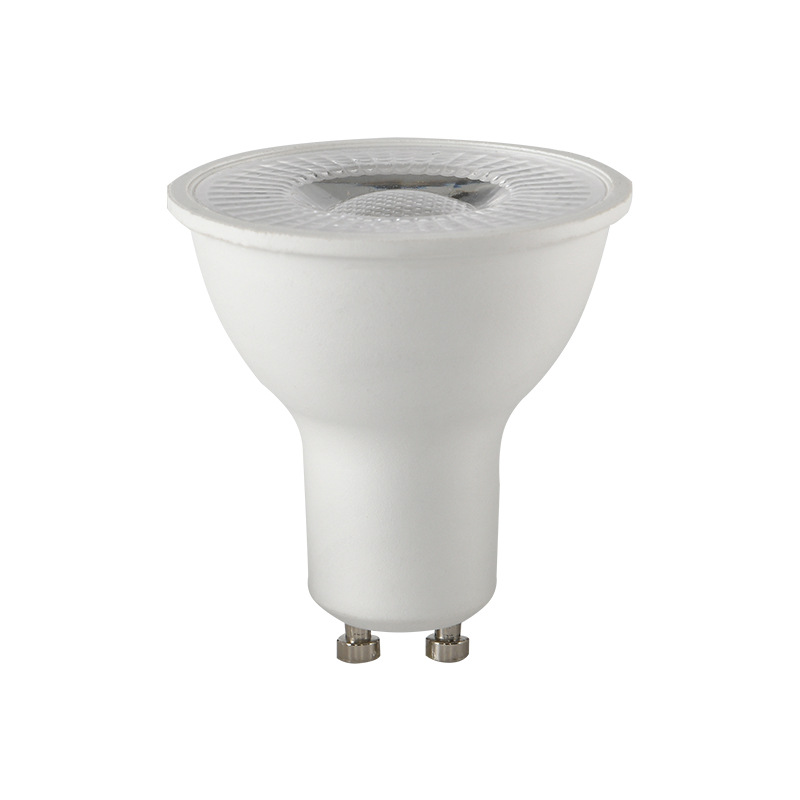Hospital lighting design and how to choose lamps
Hospital lighting design and how to choose lamps
Hospital Lighting Design: A Comprehensive Guide for Optimal Medical Environments
Lighting in hospitals plays a critical role in ensuring medical accuracy, patient comfort, and operational efficiency. This guide explores tailored lighting solutions for different hospital areas, aligned with international standards like IEC 60601-2-41 and EN 12464, while prioritizing energy efficiency and safety.
Core Lighting Criteria for Hospitals
Illuminance: Adjust brightness based on tasks (e.g., 100,000+ lux for surgery vs. 100 lux for wards).
Glare Control: Unified Glare Rating (UGR) <19–22 to reduce eye strain.
Color Rendering Index (CRI): CRI ≥90 for diagnostics; ≥95 for surgery and gynecology.
Color Temperature: Cool white (4000K–5000K) for clinical areas; warm white (2700K–3000K) for patient rooms.
Lighting Solutions by Hospital Zone
1. Main Lobbies & Shared Spaces
Key Needs: Smooth transition between natural and artificial light, uniform nighttime illumination.
Design Tips:
Use ceramic metal halide lamps or LED panels (5000K) to mimic daylight.
Ensure nighttime illuminance ≥200 lux (30% of daytime levels).
Avoid glare with recessed fixtures or indirect lighting.
2. Public Corridors
Key Needs: Balanced brightness, emergency readiness.
Design Tips:
Maintain ≥100 lux (30% higher than adjacent rooms).
Install anti-glare LED downlights or reflective ceiling systems.
Use EPS-powered emergency lighting and spaced exit signs (≤20m apart).
3. Examination & Treatment Rooms
Key Needs: Accurate color discrimination, glare-free for patients.
Design Tips:
≥300 lux, cool white lighting (4000K–5000K).
Choose shaded fluorescent tubes to protect supine patients.
Equip emergency rooms with dimmable surgical task lights.
4. Specialty Clinics
Gynecology: ≥1000 lux, UGR<19, CRI≥95 (e.g., high-CRI LED panels).
Ophthalmology: 200 lux for bright rooms; continuous dimming in dark rooms.
ENT: Noise-free lighting (incandescent or electronic-ballast LEDs).
5. Diagnostic Imaging (X-ray, MRI)
Key Needs: EMI-safe, adaptive lighting.
Design Tips:
Base illuminance 200 lux; 300+ lux for maintenance.
Use non-metallic LED strips (plastic/glass) in MRI rooms.
Install red LED warning lights linked to imaging equipment.
6. ICU & Emergency Departments
Key Needs: Dynamic lighting for care vs. rest.
Design Tips:
Adjustable 100–500 lux; indirect LED lighting to eliminate glare.
Simulate natural daylight cycles (5000K morning → 3000K night).
7. Operating Rooms
Key Needs: Shadowless, high-intensity, low-heat lighting.
Design Tips:
Surgical field brightness: 100,000+ lux (deep cavity) vs. 70,000 lux (superficial).
Opt for LED/HID surgical lights with CRI≥85 and <5% radiant heat.
Specialty lights: Cold-light LEDs for neurosurgery; deep-penetration beams for gynecology.
8. Patient Wards
Key Needs: Calm ambiance, nighttime safety.
Design Tips:
100 lux warm white lighting (≤3300K) with 45° glare shields.
Modular bed lights with dimming; ≤3 lux floor nightlights.
Nurses’ stations: ≥300 lux, 5000K LEDs for precision tasks.
Advanced Technologies
Glare Reduction: Diffusers, louvered fixtures, indirect lighting.
Smart Controls: Motion sensors, circadian rhythm systems.
Energy Efficiency: Long-life LEDs (70%+ energy savings), modular maintenance.
Safety Compliance: IEC 60601-2-41 (OR), EN 12464, and GB 50034 standards.
Recommended Lighting Products
| Area | Fixtures | Top Brands |
|---|---|---|
| Operating Rooms | LED/HID Surgical Lights | Philips Medical, Kenall |
| Patient Wards | Tunable Ceiling Lights + Nightlights | Opple, NVC Lighting |
| MRI/X-ray Rooms | EMI-safe Recessed LEDs | GE Healthcare |
| Corridors | Anti-glare LED Downlights | Schneider, Panasonic |
| Specialty Clinics | High-CRI LED Panels (CRI97+) | Osram Medical |
SEO-Optimized FAQs
Q: What are the best lights for hospital operating rooms?
A: LED surgical lights with ≥100,000 lux, CRI≥85, and minimal heat emission (e.g., Philips Medical’s LED systems).
Q: How to reduce glare in patient rooms?
A: Use warm white (2700K–3000K) fixtures with 45° shielding and indirect lighting designs.
Q: What lighting standards apply to hospitals?
A: Key standards include IEC 60601-2-41 (surgery), EN 12464 (general medical spaces), and GB 50034 (China).
By integrating precision lighting with patient-centric design, hospitals can enhance diagnostic accuracy, accelerate recovery, and reduce energy costs. Prioritize certified medical-grade fixtures (ISO 13485) and collaborate with lighting engineers for tailored solutions.
ZONLIGHT CAN DO A LOT FOR YOU.!
 Blue Light and Sleep Disruption: Risks and Solutions with Low-Blue-Light Bulbs
Blue Light and Sleep Disruption: Risks and Solutions with Low-Blue-Light Bulbs
 The Ultimate Guide to Professional LED Lighting: From Core Parameters to Industry Applications
The Ultimate Guide to Professional LED Lighting: From Core Parameters to Industry Applications



